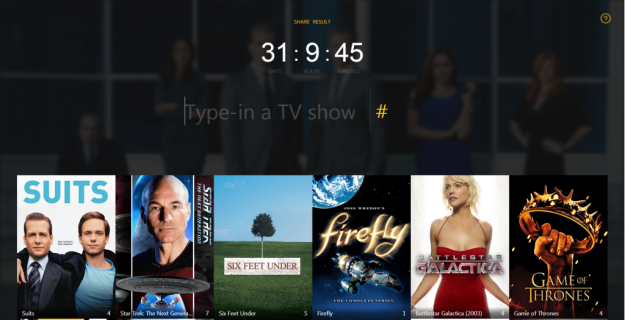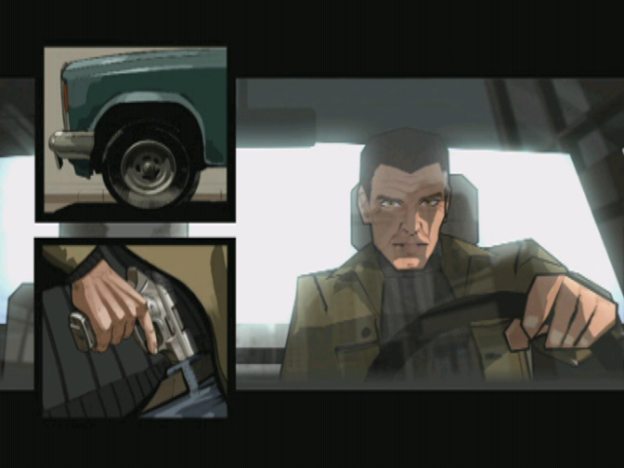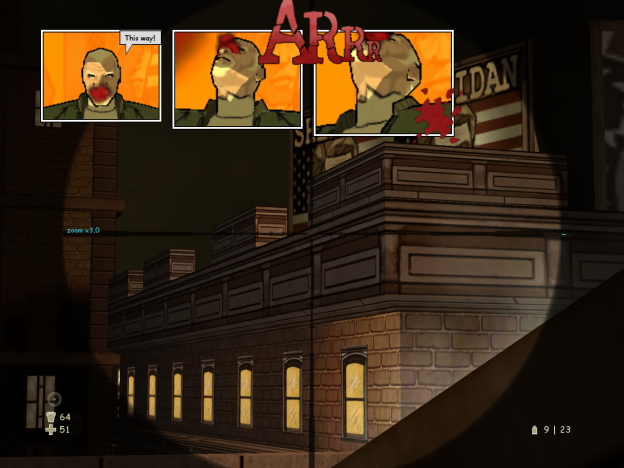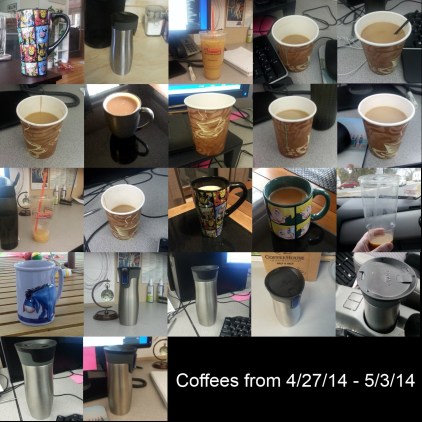I’ve been making an attempt at tracking my coffee intake and expenses for four weeks. Here are the totals:
Total cups drank: 101 (missed taking pictures of 3)
Total Dunkin’ Donuts large ice coffees bought: 12 x $2.75 = $33.00
Medium McDonald’s ice coffees: 5 x $1.00 = $5.00
Approximate total spent on coffee outside of the house: $38.00
I drank 3.6 cups per day on average, though I did not always finish every cup.
I think I did about as well as I expected with my attempts to buy less coffee outside of the house. I tended to start the week strong, making my own coffee at home before work, but I notice I tended to slip up more towards the end of the week. I also tend to get at least one ice coffee per day on the weekend if I am out and about. I tried McDonald’s iced coffee, which is currently only $1.00 for a medium, and it is surprisingly good. It’s a viable option for the days that I just need an iced coffee.
I think with a little more planning and a little more focus, I can cut my outside coffee buying down even more. I think brewing a large pot of coffee at home on the weekend to keep in the fridge for iced is a good starting point.
I still think I might be drinking too much in general.
There is a lot of conflicting reporting out there, but this NPR story mentions a study that men under 55 who drink more than 28 cups per week have a 56 percent increased risk of death from all causes. Statistical manipulation aside, that’s something to think about. I definitely have hit 28 cups per week occasionally and I think my usual numbers are at least in that ballpark. There are an assorted bunch of possible benefits associated with coffee,as well, and this article at the Huffington Post give a decent list. I think I could stand to cut back a little, but I don’t think I am going to stop completely.
And in a slightly random aside:
In my original Coffee Report post, I put together the image of all the cups of coffee using Paint.Net, cropping and adding together the 23 images by hand. It was tedious and error prone. If you look closely, several of the images don’t line up and there are seams between some others. Something tedious, repetitive, and error prone? That sounds like a problem for software to solve! I wrote a quick and dirty little .Net WinForms program last weekend in about two hours to combine multiple images into one. I’ve made a couple of tweaks to it over the past week, and I might continue to refine it. I put it up on GitHub (which I am just starting to use), and I am trying to find a decent way to share a compiled version of the program for anyone who might find it useful.



 For the first few years after high school, I did not really make any progress with my programming skills. I flopped around in school part-time vaguely pursuing a degree in art and illustration while working an assortment of terrible jobs before I ending up working in a bookstore. If you are interested in the world and curious about the stuff in it, I recommend spending a few years working in a bookstore or a library. You will learn a lot of things, especially how terrible and ignorant the mass of humanity can be. Most bookstores have a lending policy, so you can read whatever you want for free as long as you return it in sellable condition, and I read all kinds of books. At this point in my life I was burning through like two or three books a week. Long commutes by subway do have this small advantage. I read lot of science fiction and fantasy, history, popular science books, and the occasional computer book.
For the first few years after high school, I did not really make any progress with my programming skills. I flopped around in school part-time vaguely pursuing a degree in art and illustration while working an assortment of terrible jobs before I ending up working in a bookstore. If you are interested in the world and curious about the stuff in it, I recommend spending a few years working in a bookstore or a library. You will learn a lot of things, especially how terrible and ignorant the mass of humanity can be. Most bookstores have a lending policy, so you can read whatever you want for free as long as you return it in sellable condition, and I read all kinds of books. At this point in my life I was burning through like two or three books a week. Long commutes by subway do have this small advantage. I read lot of science fiction and fantasy, history, popular science books, and the occasional computer book.

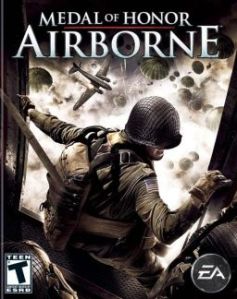


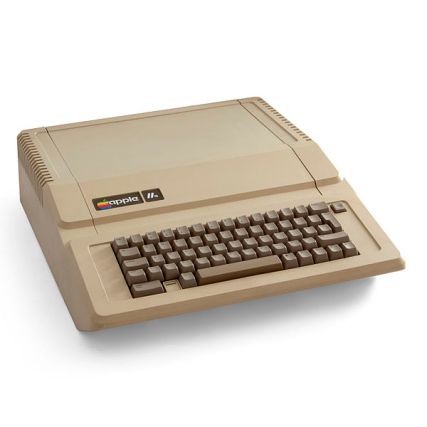

 the story should have transitioned with me going off to college to study computer science, dropping out after a year or two, and founding a multi-billion dollar company and living happily ever after as a gallant hacker-philanthropist. Unfortunately, I took a slight detour for a decade or so, leading an exciting life of adventure as a starving artist/retail slave. I eventually found my way back onto the programming path, and I’ll write more about my journey in
the story should have transitioned with me going off to college to study computer science, dropping out after a year or two, and founding a multi-billion dollar company and living happily ever after as a gallant hacker-philanthropist. Unfortunately, I took a slight detour for a decade or so, leading an exciting life of adventure as a starving artist/retail slave. I eventually found my way back onto the programming path, and I’ll write more about my journey in 